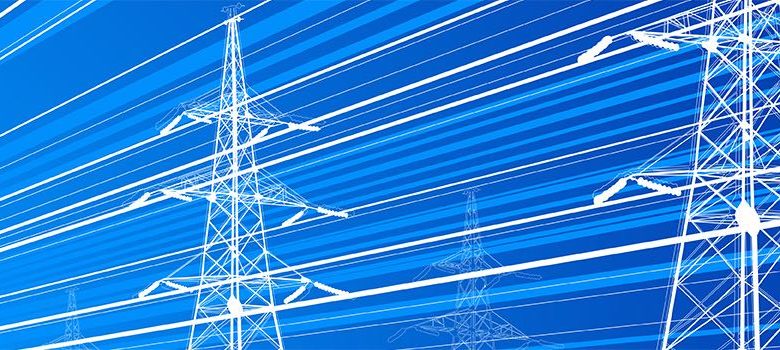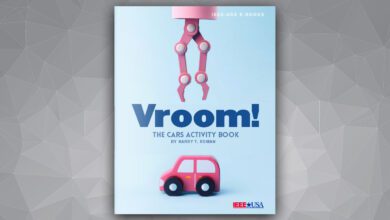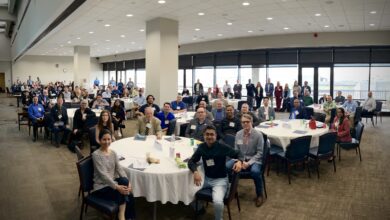
Nikola Tesla is justly famous for his work in alternating current and in foreseeing that the long-distance transmission of electricity would make electrification practical and efficient. However, without the work of many other electrical pioneers, some of them virtually unknown today, alternating power would not have become as successful as it did. One of those pioneers in the long-distance transmission of electric power and of telephone communications was Frank Fuller Fowle, who, as a recent university graduate in 1901, devised a general system of transposition in power lines to overcome inductive disturbance. Transposition is extremely important; without it, alternating current transmission would not be feasible beyond short distances or within cities.
Transposition is the periodic exchanging of the conductor positions in a transmission line according to a calculated pattern. In wired telephone transmission lines, transposition reduced crosstalk. In three-phase alternating current power lines, transposition is extremely important for balancing the capacitance of the transmission system. Transposition also equalizes the impedance of the conductors relative to ground, thus avoiding one-sided loads in three-phase electric power systems. Capacitance can trigger a voltage rise known as the Ferranti effect, which causes an imbalance; likewise inductive effects load the lines. The “charging current” experienced from the capacitance between lines was one factor that constrained the use of alternating current distribution in dense load (i.e., urban) areas. Transposition of lines also finds applications in single-phase work, particularly in ac railroad electrification.
If you look carefully along three-phase electrical transmission lines, you can sometimes spot the transposition towers where the conductors exchange their positions at the insulator stacks, or across the wooden crosstree of a utility pole in the local distribution network.
Fowle was born on 29 November 1877 in San Francisco, California. He attended Boston public schools and graduated with a Bachelors of Science in Electrical Engineering (SB in EE in the terminology of the time) from Massachusetts Institute of Technology in 1899. In the summer of 1898, he was in charge of an “isolated” power station. In 1899, he began working for AT&T under one of the pioneers in telephone transmission, John A. Barrett. Barrett, together with John Carty, is generally credited with the telephone circuit transpositions that eliminated cross-talk and made long-distance commercial telephony feasible. Experience gained in telephony transposition assisted in overcoming power transmission obstacle. In 1901, Fowle made a special study of “the joint occupancy of pole lines by telephone and electric light systems” and “he devised a general system of transpositions to overcome inductive disturbance.”
The following year, 1902, Fowle worked for several months on matters related to the application of Michael Pupin’s method of inductance loading of long aerial telephone lines. Fowle presented a paper on “The Transposition of Electrical Conductors” at the October 1904 meeting of the American Institute of Electrical Engineers (AIEE). From 1903 to 1906, Fowle worked in New York for AT&T, moving to the Chicago, Illinois, office in 1906, where he became the construction engineer for the Chicago territory, and was involved in telephony, telegraphy, power generation transmission and distribution, inductive interference, electrolysis investigation, reporting on electric utilities, and doing research on the electrical conductive properties of iron, steel and copper.
From 1908 to 1912, Fowle was an associate editor of Electrical World. During World War I, Fowle served in the Illinois Reserve Militia 1st Infantry Company A as a private, corporal and sergeant. Fowle published many articles on electrical engineering, and was the editor in chief of the Standard Handbook for Electrical Engineers. He was a member of AIEE, the Western Society of Engineers, and the Illuminating Engineering Society.
Robert Colburn is research coordinator at the IEEE History Center at the IEEE History Center at the Stevens Institute of Technology in Hoboken, N.J. Visit the IEEE History Center’s Web page at: https://www.ieee.org/about/history_center/index.html.






